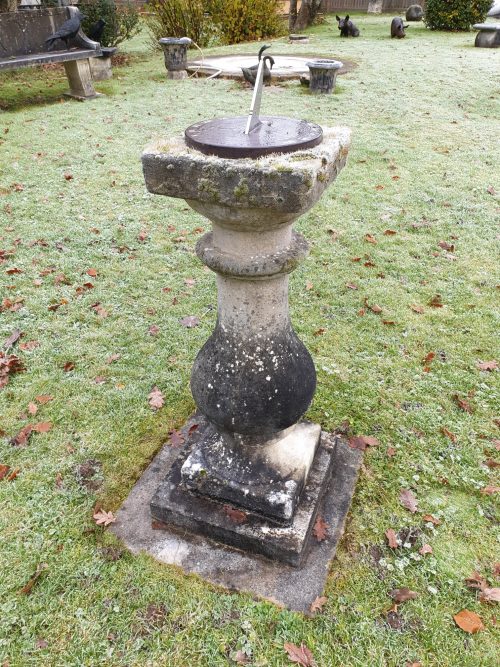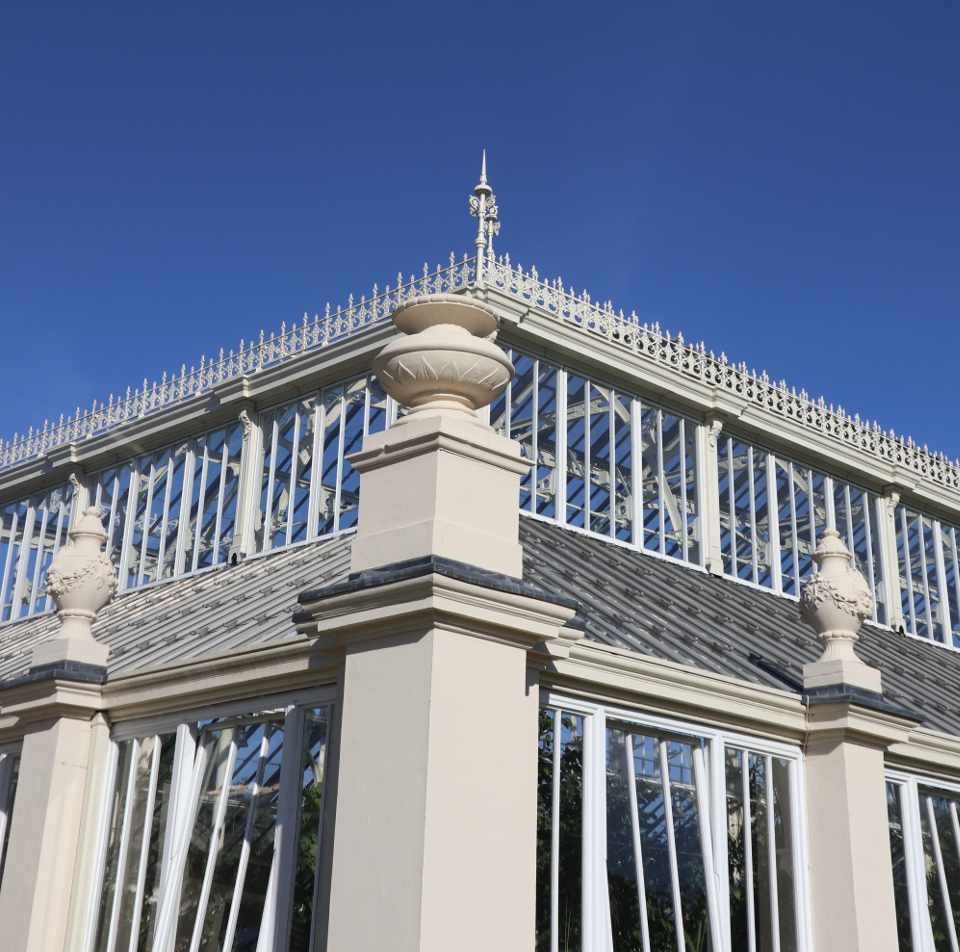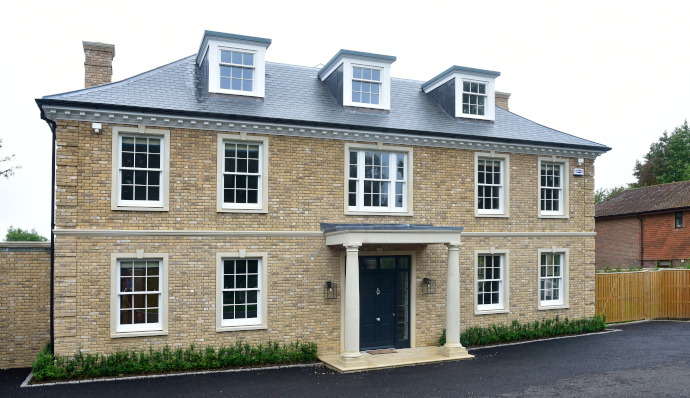A London Icon Preserved From the Past
Thursday, January 06 , 2022

Over our seven decades in business we have reproduced garden ornaments from some of Britain’s famous gardens. But some of our much loved pieces had iconic beginnings. This is the origin story of a garden sundial plinth with a historic past from the heart of the busy city, connecting the Strand to Lambeth on the South bank.
The Most Expensive River Thames Crossing of Its Era
The bridge we now call Waterloo Bridge was a replacement for a more ornate bridge that spanned the Thames, bustling with traffic from 1817 to 1924. It was the most expensive bridge of its time and was considered John Rennie’s finest work. The bridge was called The Strand Bridge of Life, but it was renamed after the battle of Waterloo and officially opened in 1817 on the second anniversary of Britain’s “brilliant and decisive victory” in 1815 against Napoleon. The bridge was opened by the Prince Regent, who later became George IV.
The bridge, situated over a sharp bend in the river Thames, was an ambitious project. It was considered a beautiful, classical structure made of Cornish grey granite, with nine, equally sized, elliptical brick arches, each flanked with a pair of Doric columns. The top of the bridge was finished with elegant balustrades in Aberdeen granite that complimented those that ran from the Embankment, balustrade that still stands in place along the Embankment today. The bridge was considered to be one of the finest in Europe at the time.

The Strand Bridge before it was renamed.
Iconic Design and Admired Beauty
The bridge’s decorative features reflected the design of Somerset House on the Strand and continued the style of the Embankment throughout the length of the bridge. It was ambitious in its aesthetics and in keeping with the surrounding London architecture. It was also situated at a sharp bend in the river Thames, making it a challenging engineering problem.
Unfortunately, once the Old London Bridge was demolished in 1830 the flow rate of the river increased. This impacted on the foundations of Waterloo Bridge and caused scour around the base of the central arches on the south side. The fast Thames tidal flow increased in pressure as it was pushed under the numerous and fairly narrow arches, without the Old London Bridge to impede it. Repairs were carried out in 1882-4, but by 1924 the bridge suffered significant subsidence and was deemed unsafe. As its supports began to sink the bridge was closed. Discussions about repairs continued but the bridge was demolished in 1930 and a new design was commissioned with a maximum of five wider arches.

Horse and carts traffic over the decorative Waterloo Bridge
The new bridge was delayed due to the war and the build in progress was the only bridge to be hit by German bombs during The Blitz. The new Waterloo Bridge that opened in 1945 was made of concrete, clad in Portland stone with pieces of granite cut from the old bridge as decorative features. The new bridge had a modern design with cleaner lines and this bridge spans the Thames today.

Waterloo Bridge as it is today with its five wide arches
A Garden Treasure
The pieces of the old bridge were not discarded, some of the original granite was sent around the Commonwealth as gifts. A section of the balustrade was acquired by Chilstone when we opened in the 1950s. We loved the elegant curves so we transformed it into our Waterloo Baluster sundial plinth. It has a more pronounced curve than our other sundial plinths, giving it a voluptuous silhouette.

Vintage photo of our Waterloo Baluster sundial plinth, pictured with an armillary sphere in our brochure during the 1980s.
This hand made sundial plinth has been in our range of garden ornaments since the early days and is still popular today. Because we make our cast stone to order we can adapt it back into balustrade if desired, although we think it makes a wonderful sundial plinth.

Our Waterloo Baluster sundial plinth weathered with a rich patina and moss growth.
Our stone weathers beautifully with time, which is perfect for a piece with such an iconic history.
Hand Made For Seven Decades
Our team make our range entirely by hand. We do this so we can match the texture, colour and fine details loved by our clients. This is really important for matching existing stone work. If you want to replace a treasured garden ornament or make a number of copies to expand your garden design you want the new stone to blend in with the already aged stone. Our staff take the time to make items to order by hand. Mass produced factory items all look and feel the same, that’s not what we make and it’s why our artisan workshop crafts everything with hand tools, not machinery. Talk to our staff about the finish that works best for you.
We have used our craftsmanship to restore heritage projects from Kew Gardens to Hever Castle and Kensington Palace. Please call or visit or staff for more information or to see our show gardens.

Chilstone’s Urns still adorn the Temperate House at Kew Gardens decades after we restored them.

Designed by Brand Skillings Ltd | Website managed by Weekend


